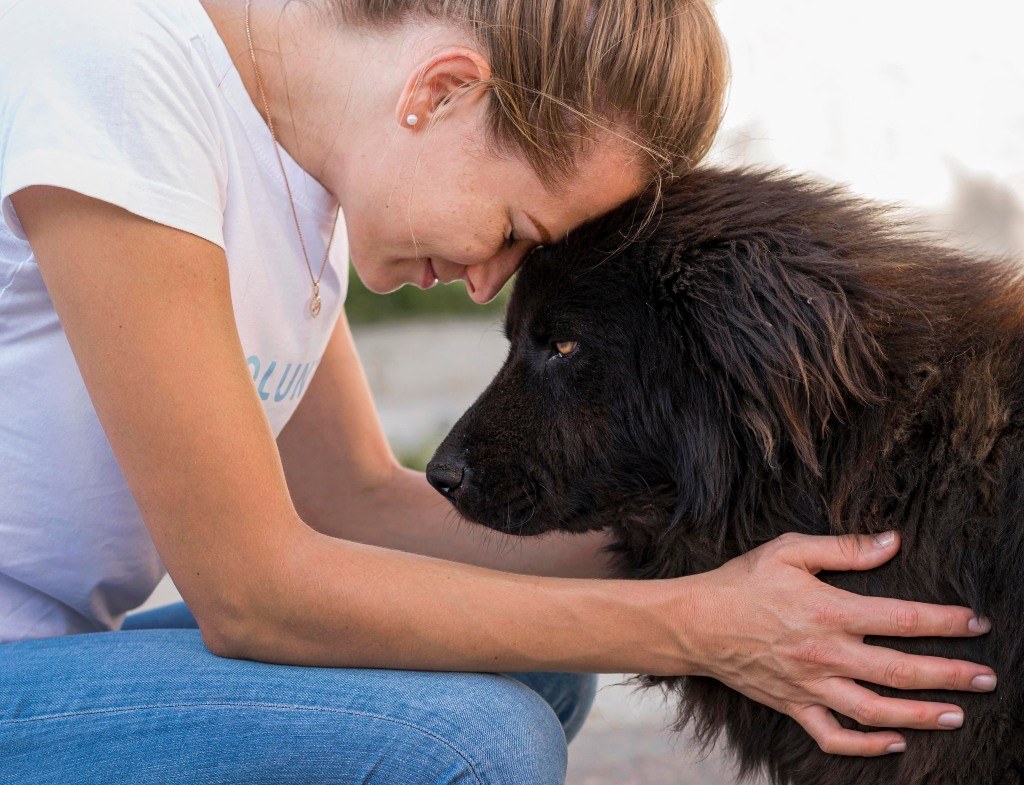Giving a dog a second chance at life is a super rewarding process, but what goes into choosing a rescue dog? Here are a few things to consider to help you meet your match.
Step 1: Figure out What Type of Companion You’re Looking For
Prior to searching for and choosing a rescue dog, consider what kind of environment and care you can offer. Do you plan on exercising your dog daily? Are you able to provide support for medical issues? Will you commit to regular training? Avoid compromising on these things!
Your new dog will most easily adapt to their home if their lifestyle matches yours. We recommend accepting the obvious advice not to adopt high energy breeds (e.g. Collies, kelpies, shepherds) if you don’t plan on providing the physical and mental stimulation these dogs deserve. In general, you should look for a breed type which matches your energy level. In saying that…
Step 2: Be Wary of Breed Stereotypes
You’ve probably heard that terriers like to chase, dachshunds bark a lot, staffies can be aggressive and greyhounds hate cats. But when you research the dog you’re considering adopting, put aside any major behaviour-related stereotypes you come across because temperament traits aren’t 100 percent hard-wired into animals. While breed and genetics do play a part in shaping behaviour, the dog’s previous environment and experiences are more influential in determining how a dog will behave in response to people, other animals, and novel situations.
Any breed has the potential to thrive if given appropriate outlets for normal and natural behaviours, and if their life is enriched by regular exercise and mental stimulation.
Step 3: Keep an Open Mind, Looks Aren’t Everything When Choosing a Rescue Dog
You could miss your perfect match if you go to the shelter with an exact vision of what your dog will look like. Some short-coated dogs shed wayyy more than fluffy long-coated dogs and smaller isn’t always easier either. Little jack russell terriers can be higher maintenance than giant mastiffs!

Step 4: Age Is Important
A plus side to adopting puppies (in addition to all the cuteness) is that their behaviour is still very malleable, but it’s true they require an intense amount of work. If you’re prepared for the challenge, go for it.
Most dogs are relinquished to shelters between 8 to 18 months of age during their ‘boisterous’ teenage years. Teenage dogs are high energy and experience a hypersensitive period during adolescence which can lead to increased fearfulness and independence. Be prepared to help your dog through puberty if you’re considering adopting a teenager!
Dogs over two years of age are the best match for owners seeking a quieter companion. These dogs have reached social maturity, are more likely to be toilet trained and show more stable behaviour than puppies or adolescents.
Step 5: If You Find a Potential Match, Get as Much Information on the Dog as Possible
Talk to the staff at the shelter or organisation where you’re choosing a rescue dog about requirements, and cross match this information to the considerations you made prior to searching. Trust the deal-breakers–if the description says no cats or kids, abide by it. Sometimes the requirements shelters and rescues place on potential adopters can seem extreme, but they are only trying to find the best outcome for the dog.
Taking the dog for a walk and spending some one-on-one time with them can help you vibe if they’re a good fit. Keep in mind that high noise exposure, a lack of human attention and forced close contact with other dogs means the shelter environment is extremely stress inducing. Dogs can act totally different in a relaxed home environment.
If you don’t feel confident in your ability to judge the dog’s behaviour during the visit, take a trainer along with you! An experienced eye will notice if the dog appears quiet because they are calm, or quiet because they are totally overwhelmed by the conditions.
Step 6: Choosing a Rescue Dog Takes Time
With people spending more time at home than ever, demand for four-legged companions has sky-rocketed. Many shelters and rescues have been inundated with adoptions enquiries, often receiving hundreds of applications for a single dog.
If you aren’t approved for the first few dogs you apply for, don’t despair. Someone just as great as you may have applied the day before and beaten you to the punch. If you’ve missed out a few times it can also really help to chat to the adoption staff about why, they could even give you some pointers on your application and help it move to the front of the pile.
Megan Hayes is a dog trainer at Bark in the Park and a PhD candidate at the University of Melbourne’s Animal Welfare Science Centre.
Getting ready for life with a rescue dog? Get more great advice here.
Images via FreePik.








